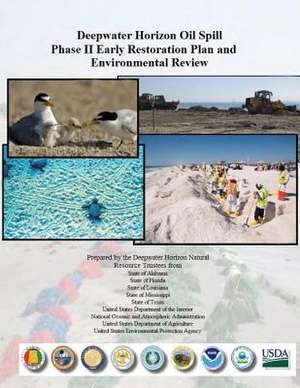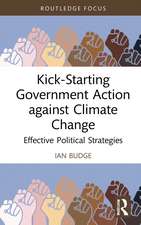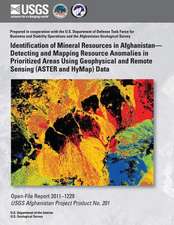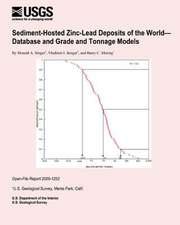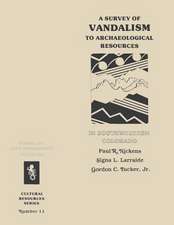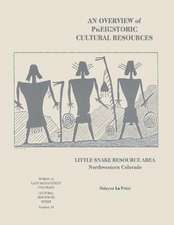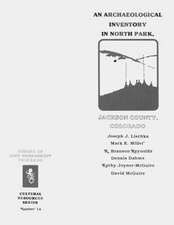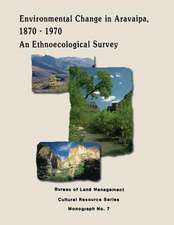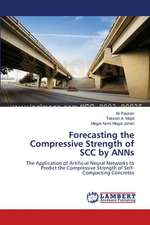Deepwater Horizon Oil Spill Phase II Early Restoration Plan and Environmental Review
Autor U. S. Department of the Interioren Limba Engleză Paperback
Preț: 173.48 lei
Nou
Puncte Express: 260
Preț estimativ în valută:
33.20€ • 36.05$ • 27.89£
33.20€ • 36.05$ • 27.89£
Carte disponibilă
Livrare economică 01-15 aprilie
Preluare comenzi: 021 569.72.76
Specificații
ISBN-13: 9781508752370
ISBN-10: 1508752370
Pagini: 178
Dimensiuni: 216 x 279 x 10 mm
Greutate: 0.43 kg
Editura: CREATESPACE
ISBN-10: 1508752370
Pagini: 178
Dimensiuni: 216 x 279 x 10 mm
Greutate: 0.43 kg
Editura: CREATESPACE
